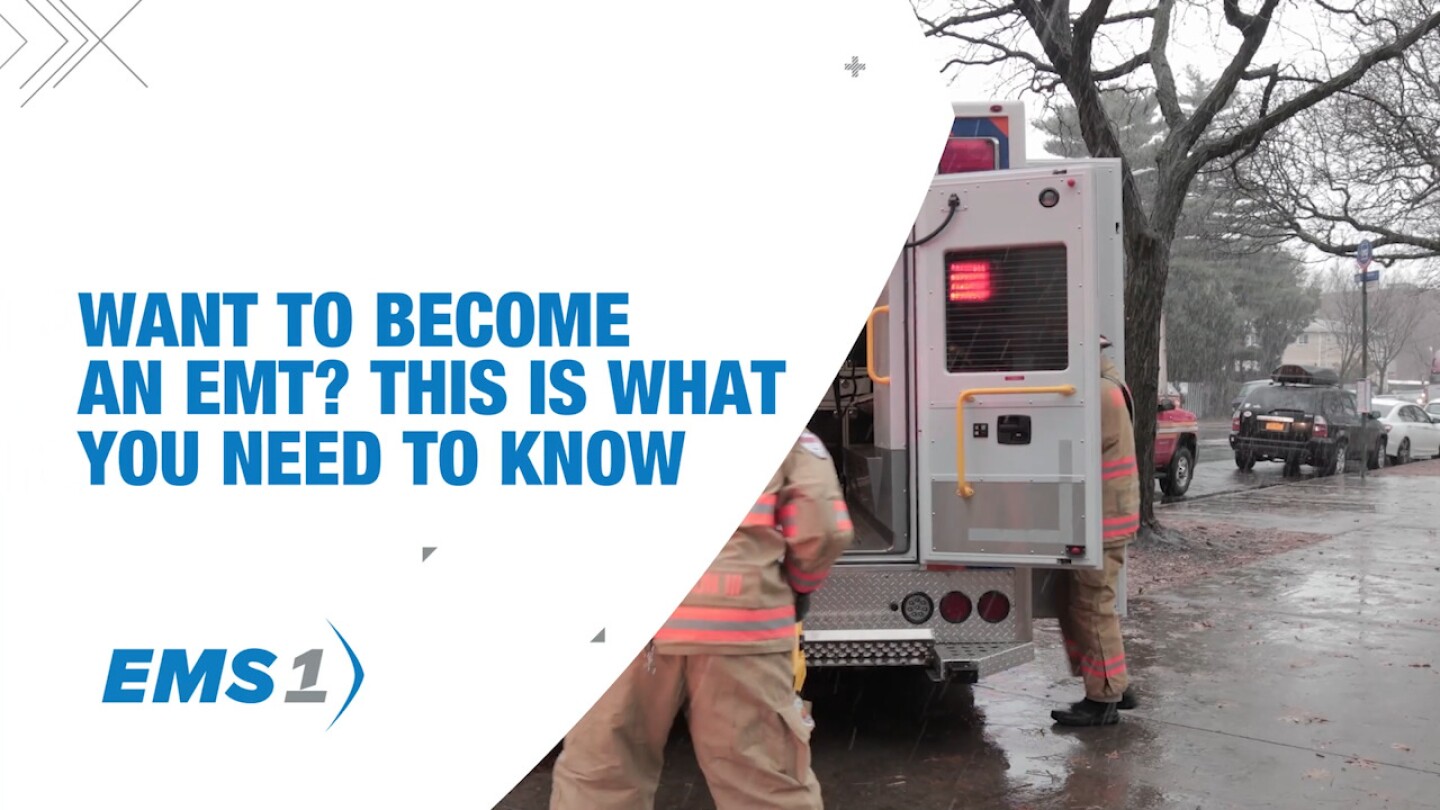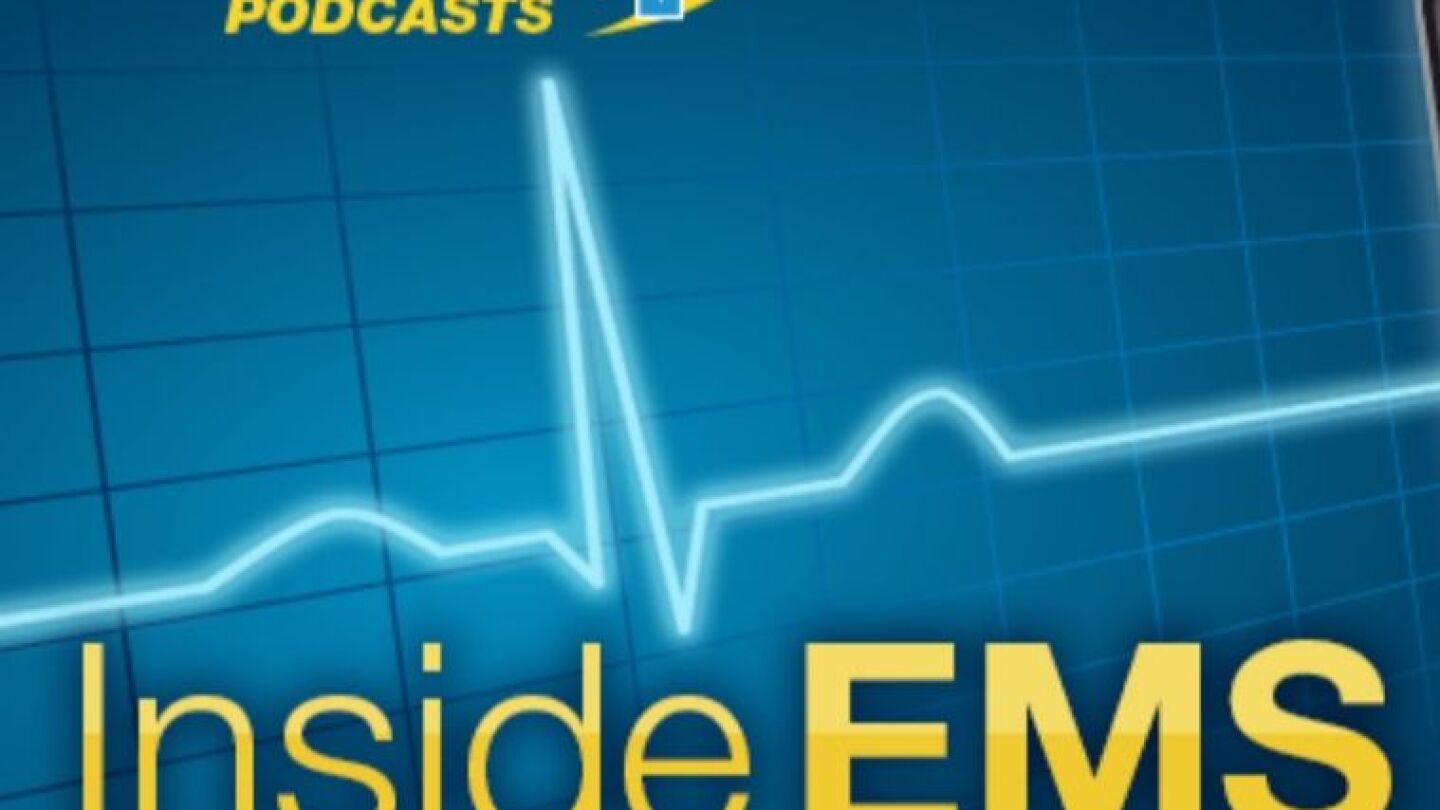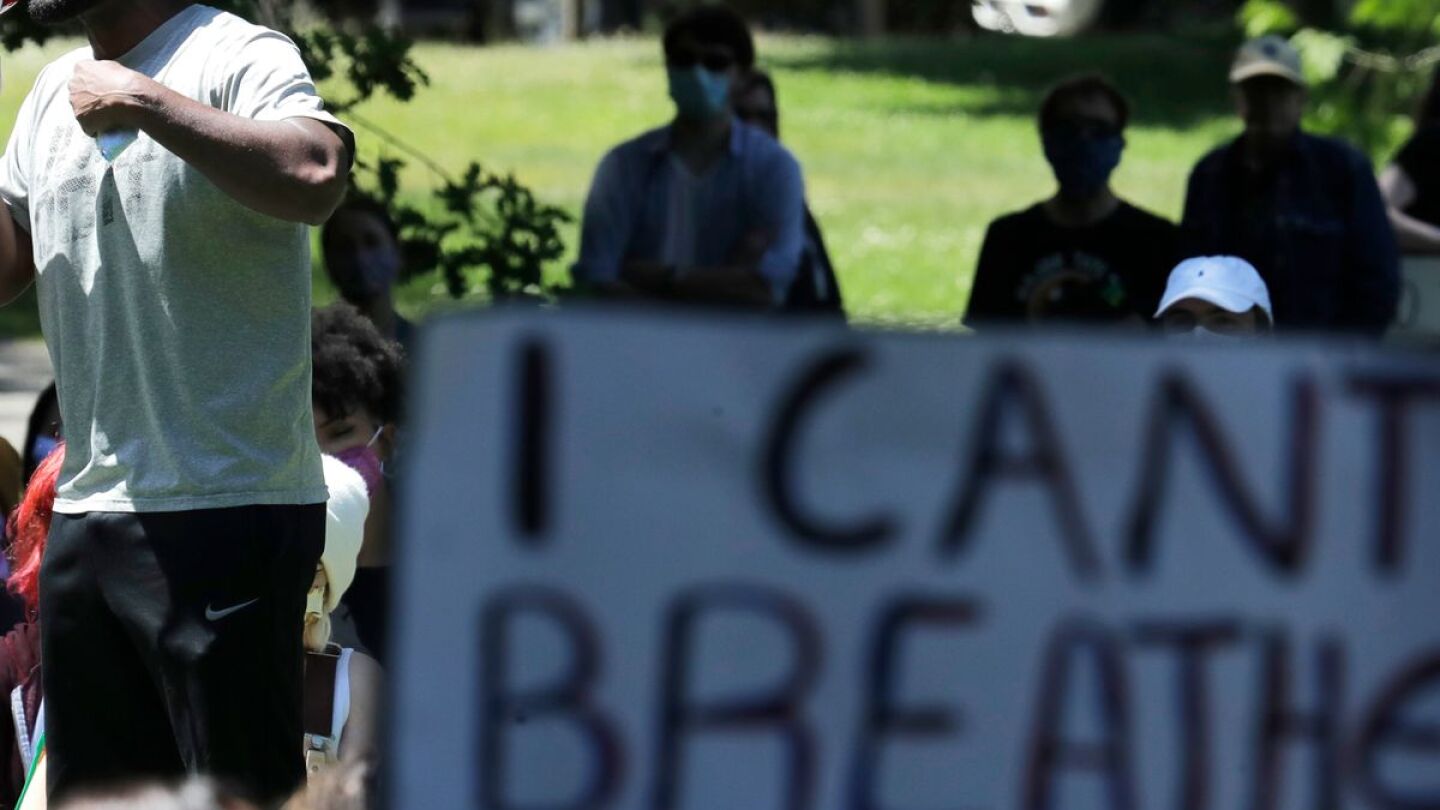Clinical
Access our directory of clinical articles in EMS, which offers in-depth information on patient assessment, treatment protocols, and emerging medical practices. This collection covers various clinical topics essential for EMS professionals, from advanced pharmacology to trauma management. Staying up-to-date with clinical knowledge is vital for delivering high-quality patient care. For additional resources, explore our section on Medical Research. Enhance your clinical expertise with our expert-driven content.
Being an emergency medical technician is rewarding job, and with the right EMT training, there’s plenty of room to grow
What do femoral pulse, radial pulse and carotid pulse actually indicate?
Avoid false blood pressure readings that could impact patient care. Discover the most frequent BP measurement mistakes and expert-backed techniques for accuracy.
Telehealth applications can reduce unnecessary exposure and better utilize EMS resources
On this episode of Inside EMS, our co-hosts tackle a listener’s question about professionalism in the field, and how to handle crew issues
In some cases, our medical monitoring equipment alert is the precursor to a rapidly deteriorating patient who appears normal
EMS providers have a key role in initial emergency care for pediatric patients with sepsis
EMTs will make home visits, collect samples and instruct participants in the study to test the effectiveness of a potential treatment for less serious COVID-19 cases
Police said they witnessed Paramedic Bob Bennett kick and punch the patient
3 EMS lessons from Minneapolis: EMS duty to the patient, even in uncomfortable situations
Volunteers include off-duty EMTs, nurses and doctors
The suit alleges a man died after paramedics failed to treat or transport him
Targeting the most common chief complaints and deadly diagnoses to consider in prehospital medicine
Doug Haney read a thank you letter to the fire-rescue and medical flight crews that saved him after the four-vehicle crash
Paramedic Anthony Venzon and other volunteers are providing first aid, hydration, masks and hand sanitizer during demonstrations
Whitesville Paramedic Terry Vermillion reunited with James Wood, who was critically injured in the 2010 Upper Big Branch Mine disaster, last week
Jamie Kennel and Scott Orr discuss a study that revealed disparate treatment of patients based on race
Learn how health information exchange is improving patient outcomes, increasing organizational efficiencies and recovering revenue as possible in the Pinnacle Webinar Series
Our co-hosts discuss the recent events in Minnesota, and the misinformation regarding the use of the word asphyxia
When you become an EMS provider, you agree to act and serve to the best of your abilities to meet the expectations of your community and uphold an ethical code
Maintaining a safe environment during practical stations and psychomotor skill testing
How to assess and when to transport patients injured by tear gas, pepper spray or rubber bullets
Street Medics Austin has aided several people injured by police projectiles and coordinates to help ambulances access patients
Understanding the sequelae of traumatic asphyxia, strangulation and positional asphyxia
The Hennepin County Medical Examiner has classified Floyd’s death as a homicide, although it differs from the independent autopsy on the exact cause
EMS providers know positional asphyxiation can kill, and have a professional and moral obligation to object to it
How the clinical and public health activities of testing, tracking and tracing should become sub-specialties of EMS going forward
Some healthcare personnel and other essential workers are questioning why the plan was made exclusive to first responders
Triage burn victims for inhalation injury and fluid administration by putting these four pieces of the puzzle together
Acadian Ambulance officials reported an 18% increase in patients refusing transport against the advice of medics
As the State of Colorado eases measures put in place to prevent the spread of COVID-19, we take a look at how one community with an early outbreak took aggressive measures to contain the spread of the virus – and emerge stronger than ever.
Highmark Inc, a healthcare company, donated nearly 40,000 cloth face masks to EMS providers in Pennsylvania, Delaware and West Virginia






























